The ACAB project
What is it?
ACAB is a three-year scientific project aimed at improving the environment and health in Tuscany. The acronym ACAB refers to the content of the study: ACAB – Attributable CAncer Burden in Tuscany: smoking, environmental and occupational risk factors and evaluation of prevention strategies. That is: attributable cancer burden due to smoking, air pollution, environmental, and occupational carcinogens in Tuscany and evaluation of prevention policies.
Who is funding it?
The project is funded by Tuscany Region in the framework of the Health Research Call “Bando Ricerca Salute” 2018.
Who is participating in the project?
ACAB is coordinated by the Institute for cancer research, prevention and oncological network (ISPRO). The Local Health Authority (Azienda USL Toscana Centro) and the Department of Statistics, Computer Science, Applications of the University of Florence are participating in the project. The Regional Health Agency (ARS) of Tuscany, the Institute for Maternal and Child health IRCCS ‘Burlo Garofolo’ of Trieste and the LaMMA Consortium collaborate as external partners.
What does ACAB aim at?
First of all, ACAB will provide a description of the state of health of the Tuscan population, drawing up for each Local Health Authority and for each territorial district an updated estimate of the number of deaths, years of life lost or years lived with disability due to the main pathologies.
It will then focus on the number of deaths and years of life lived with disability caused by cancer due to three risk factors: tobacco smoke, air pollution, and exposure to carcinogenic substances in the workplace.
ACAB will quantify the burden of disease that could have been avoided by reducing or eliminating the three risk factors and will assess the benefit (today and in the future) of implementing tobacco control policies, curbing emissions of particulate matter and other air pollutants, and making workplaces healthier.
In a nutshell, ACAB serves to calculate how much health we have lost due to important risk factors and how much we could gain by implementing effective prevention interventions. This information is essential to guide public health choices and make us more aware that protecting the environment and changing our lifestyles is fundamental to improving the health of the community in which we live.
The symbol
ACAB’s symbol is a flower: the Crocus Etruscus, chosen by 500 experts from the Italian Botanical Society as the representative plant of the Tuscany region. Delicate, colourful, brave.

Research team
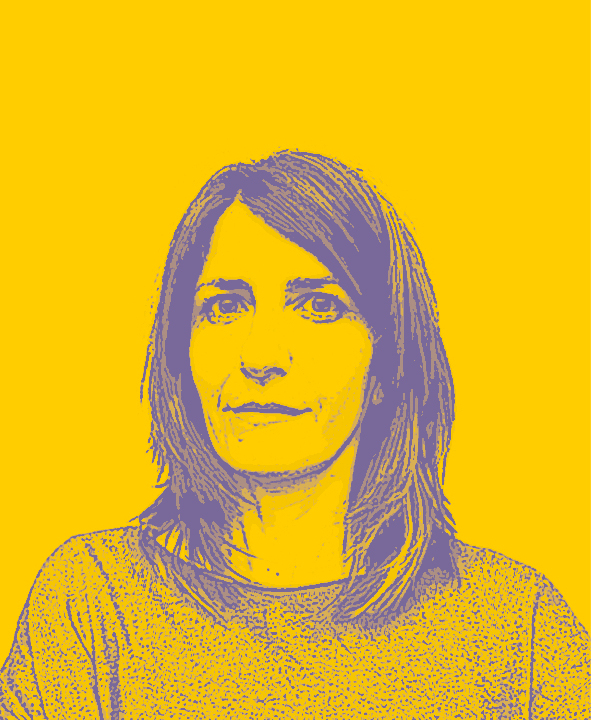
Giulia
Carreras
Istituto per lo Studio, la Rete e la Prevenzione Oncologica (ISPRO)

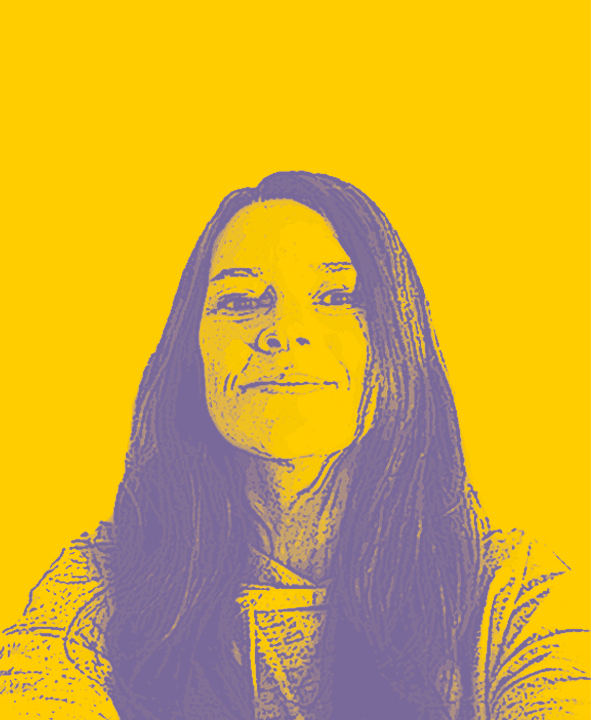
Michela
Baccini
Dipartimento di Statistica, Informatica, Applicazioni (DISIA), Università di Firenze

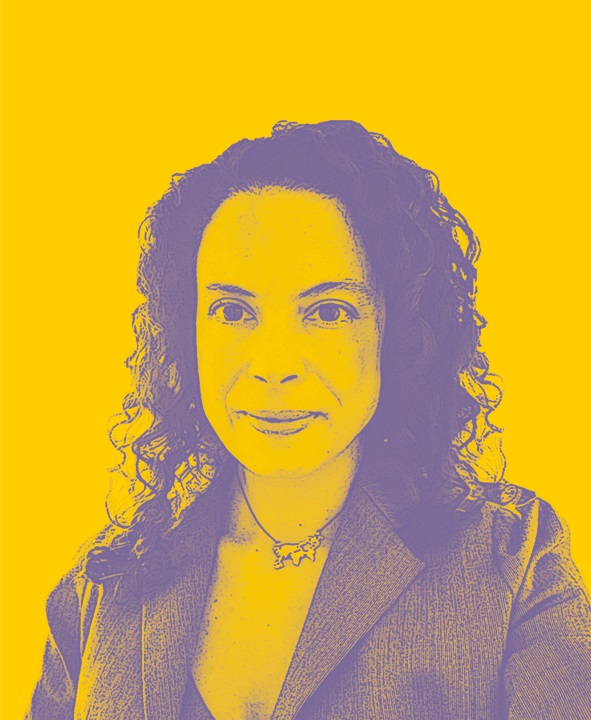
Miriam
Levi
Dipartimento di Prevenzione, Azienda USL Toscana Centro (AUSL TC)
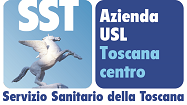
Partners
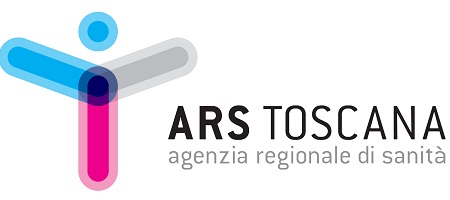
Osservatorio di Epidemiologia
Francesco Profili
Fabio Voller
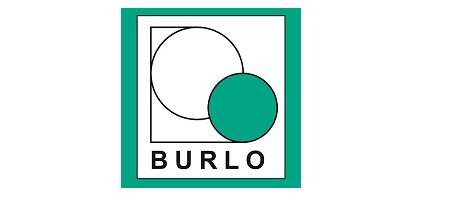
IRCCS materno infantile Burlo Garofolo
Lorenzo Monasta
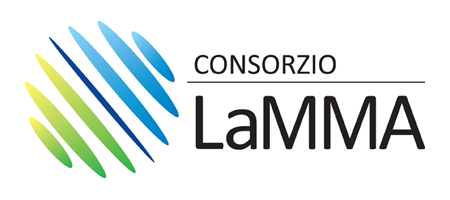
Consorzio LaMMA
Divisione Fisica dell’Atmosfera
Qualità dell’aria
Timeline of project developements
Revisione della letteratura
Raccolta dei dati epidemiologici e di esposizione al fumo, all’inquinamento atmosferico e ai principali cancerogeni occupazionali
Sviluppo dei metodi per la stima dei DALY
Stima degli YLL e YLD per le principali cause di malattia
Valutazione dell’esposizione al fumo e all’inquinamento atmosferico
Definizione/stima delle curve dose-risposta
Sviluppo di un modello compartimentale per le dinamiche di abitudine al fumo
Stima degli YLL per le principali patologie oncologiche
Sviluppo dei metodi per la stima del carico di malattia attribuibili al fumo, all’inquinamento atmosferico e ai principali cancerogeni occupazionali
Stima degli YLD per le principali patologie oncologiche
Valutazione dell’esposizione ai principali cancerogeni occupazionali
Stima del carico di malattia attribuibile al fumo, all’inquinamento atmosferico e ai principali cancerogeni occupazionali
Formulazione di scenari controfattuali per l’abitudine al fumo e uso del modello compartimentale a fini di valutazione di impatto
